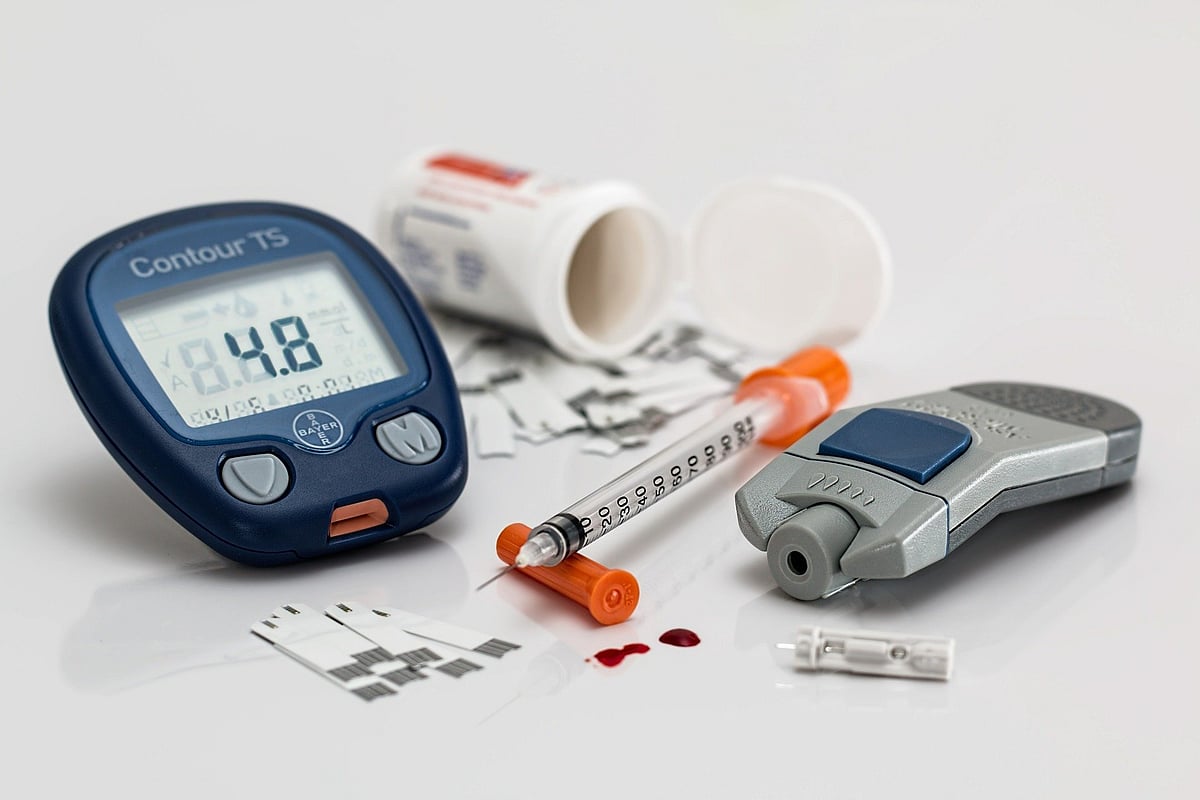Washington: New research shows that when one half of a couple shows high levels of certain behaviours that prevent type 2 diabetes, such as good diet or exercise, that behaviour also tends to be high in the other half of the couple.
The study is by Omar Silverman-Retana, Department of Public Health, Aarhus University, Aarhus, Denmark, and Steno Diabetes Center Aarhus, Aarhus University Hospital, Aarhus, Denmark, and colleagues.
In the study, the authors compared the degree of spousal concordance in a set of detailed pathophysiological mechanisms and risk factors for type 2 diabetes to understand where in the causal cascade spousal similarities are most relevant.
They used data from the Maastricht Study, a large ongoing study focusing on the etiology of type 2 diabetes, its classic complications, and its emerging comorbidities.
They carried out a cross-sectional analysis of 172 couples in this study to assess the similarity of couples in pathophysiological mechanisms of type 2 diabetes, including beta cell function and insulin sensitivity.
Risk factors included body mass index, waist circumference, percentage body fat, time spent in light and high-intensity physical activity, sedentary time and diet indicators.
They additionally assessed glucose metabolism status using fasting and 2-hour plasma glucose testing, and also glycated haemoglobin (HbA1c). The analysis of 172 couples showed the strongest spousal concordance for the Dutch Healthy Diet Index (DHDI) for men, meaning that a one-unit increase in wives' DHDI was associated with a 0.53 unit increase in the men's DHDI.
For women the strongest concordance was for the time spent in high-intensity physical activity (HPA); thus, a one-unit increase in husbands' time spent in HPA was associated with a 0.36 unit increase in women's time spent in HPA. The weakest spousal concordance was observed in beta cell function measurements.
"Our results show with a high level of detail that spousal concordance was strongest in behavioural risk factors such as diet and physical activity, and that concordance weakened when moving downstream towards pathophysiological factors in the causal cascade leading to type 2 diabetes," the authors said.
"From a practical point of view, public health prevention strategies to mitigate diabetes risk may benefit from spousal similarities in health-related behaviours and diabetes risk factors to design innovative and potentially more effective couple-based interventions," said the authors.










